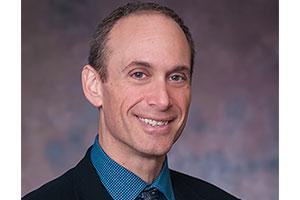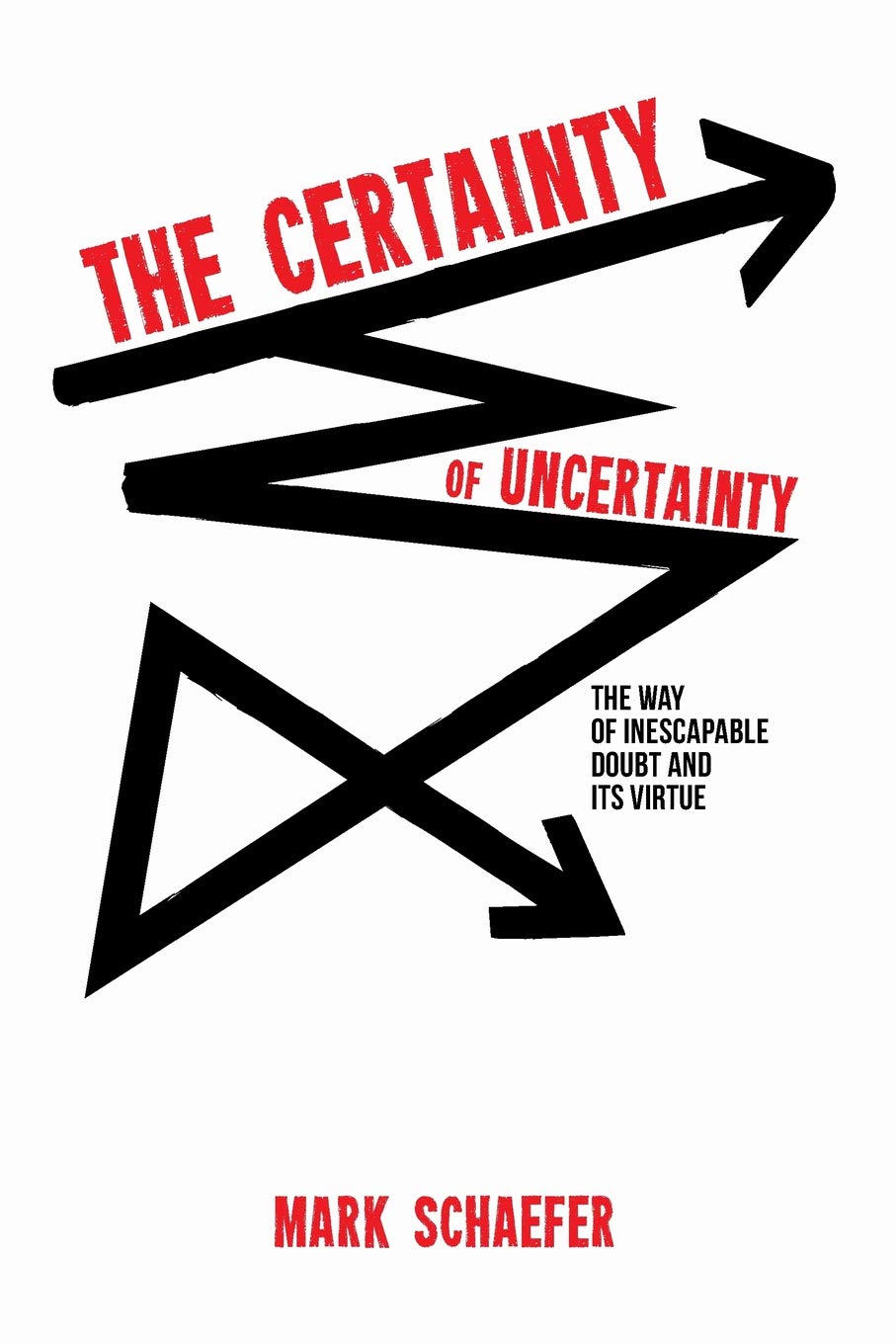On Campus
The Certainty of Uncertainty Working with Students Prompts Chaplain to Explore the Nature of Uncertainty

Isn’t uncertainty the opposite of faith? If a person doubts what they read in a sacred text, does that mean they don’t believe?
Those are the kinds of questions that students wrestling with understanding their faith have raised over the years with University Chaplain Rev. Mark Schaefer of the Kay Spiritual Life Center, and they prompted him to explore the questions so deeply that he has now written a book about an abstract and yet pervasive human experience: uncertainty.
The Certainty of Uncertainty: The Way of Inescapable Doubt and Its Virtue is an exploration of the human craving for certainty, the tendency to distort religions to fulfill it, and the ways that embracing uncertainty can become a central part of the spiritual journey.
Religion is full of uncertainty, Schaefer notes, from the translation of texts to the intent of the words. Take an example of a prayer that AU students who are Christian are liable to encounter at some point over the upcoming Christmas holidays. In the Lord’s Prayer, recited for nearly 2,000 years in church services, worshippers ask God to “give us this day our daily bread.”
It’s clearly not a literal request for a slice of bread each day. “Bread” is recognized by churchgoers of all persuasions and levels of Biblical scholarship as a metaphor for food and sustenance. Other metaphors, though, can be harder to spot. They may be from ancient languages, or long-gone cultures, or the meaning can simply be unclear.
“Religion is poetry,” Schaefer says. “The great abuse of religion is that so many treat it like prose.”
 It’s easy to get stuck on what is right in front of us – the words on a page, for example – rather than what is being pointed at. The process reminds Schaefer of an endearing (but confused) tendency of his dog, Samson. “Every time we tried to point him in the right direction, he would stare at the hand that was doing the pointing,” Schaefer says.
It’s easy to get stuck on what is right in front of us – the words on a page, for example – rather than what is being pointed at. The process reminds Schaefer of an endearing (but confused) tendency of his dog, Samson. “Every time we tried to point him in the right direction, he would stare at the hand that was doing the pointing,” Schaefer says.
Samson’s mistake is echoed in a Zen Buddhist saying that Schaefer quotes in his book: “Do not mistake the finger pointing at the moon for the moon.’”
Even the rites and rituals of faith – the Christian Eucharist, lighting candles and incense, ablutions, the daily series of prayers in Islam – are a kind of metaphor, Schaefer points out. None are done for the sake of the literal wafers or candles or specific positions in a prayer, but for what it represents and where it leads the worshiper. To Schaefer, these things function as pointers to a broader, deeper meaning, and as with poetry, the meaning of what is being pointed at can’t be reduced to a set of explicit directions.
“Our religious traditions reveal not certainty,” he writes, “but uncertainty; not definition, but mystery; not the moon, but the finger pointing at the moon.”
The human mind craves certainty, he says. Yet to expect sacred texts to answer that craving with cut-and-dry answers is to miss much of what makes them meaningful in the first place. Uncertainty is a reason to delve deeper. To ask more questions and see where the questions lead.
“Embracing uncertainty and doubt helps us to look deeper into our religious faith, rather than to get focused on the literal surface claims,” Schaefer says. Ultimately, it’s a way to recognize the ineffable and indescribable and see the mystery in all faith traditions.
“You’re okay in your doubt,” he says. “You’re in the exact right place for a truly meaningful experience of faith.”
